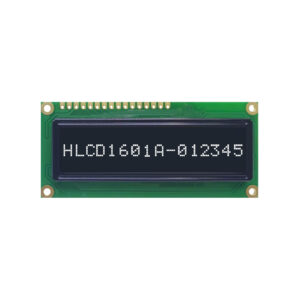
Große Dinge im Geschäftsleben werden nie von einer Person allein erreicht. Sie werden von einem Team erreicht. Wir haben diese dynamische Gruppe von Menschen
This article explores how to connect an LCD Bildschirm zu einem Himbeer-Pi using an HDMI Treiberplatine, essentially turning your single-board computer into a miniature HDMI display screen. Whether you’re looking to create a custom Anzeige for a project, build a portable gaming system, or simply repurpose an old laptop screen, this Führung provides a comprehensive overview of the process. It’s worth reading because it breaks down the technical jargon, offers step-by-step instructions, and highlights potential pitfalls to avoid, empowering even novice users to complete this exciting DIY project.
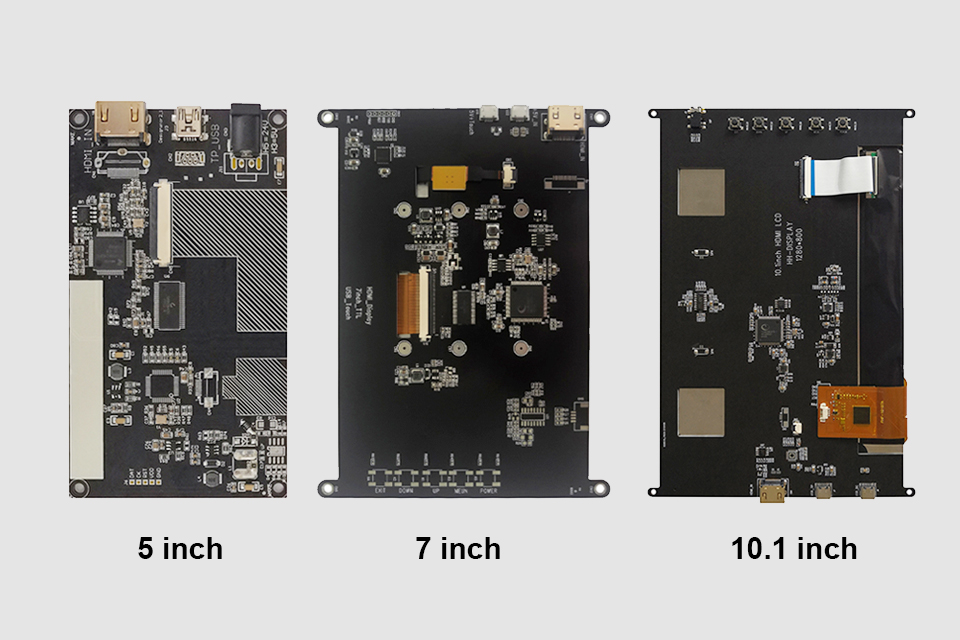
Der Himbeer-Pi, a versatile single-board computer, offers a world of possibilities for DIY projects. Connecting it to an HDMI LCD Anzeige expands these possibilities even further.
Firstly, an HDMI LCD allows you to build embedded systems. Imagine creating a custom control Bedienfeld for a smart home, a portable retro gaming console, or a dedicated Anzeige for sensor data. The compact size and low power consumption of the Himbeer-Pi, combined with an LCD Bildschirm, make this feasible. Secondly, using an HDMI LCD can be more cost-effective than purchasing a pre-built Monitor. You can often find Bausätze that include the LCD Bedienfeld Und Treiberplatine at a reasonable price, especially if you’re comfortable with a little assembly.
The three essential components for this project are the LCD Bedienfeld, Die Treiberplatineund die HDMI Kabel. Der LCD Bedienfeld is the actual Bildschirm itself. It requires a Treiberplatine to translate the HDMI Signal aus dem Himbeer-Pi into a format the LCD Bedienfeld can understand.
Der Treiberplatine is a crucial piece of tech. It takes the digital HDMI input and converts it to the analog signals needed to control the pixels on the LCD Bildschirm. It also handles tasks like adjusting brightness, contrast, and color. Finally, the HDMI cable connects Die Himbeer-Pi zur Treiberplatine, transmitting the Videosignal. Ensure you choose a compatible HDMI Kabel for optimal Signal transmission.
The size of the LCD Bildschirm depends entirely on your project requirements. A 7 inch LCD Bildschirm ist eine beliebte Wahl für Himbeer-Pi projects due to its balance of portability and visibility. It’s large enough to display text and graphics clearly, yet small enough to be easily integrated into custom enclosures.
However, you can find LCD Bildschirme in various sizes, from smaller 3.5-inch zeigt to larger 10-inch or even larger Paneele. Consider the intended application. For a handheld gaming console, a smaller Bildschirm might be preferable. For a desktop Bildschirm alternative, a larger Anzeige would be more suitable. Also, think about the resolution. Higher resolution Bildschirme provide sharper images, but they also require more processing power from the Himbeer-Pi.
Here’s a table summarizing common LCD screen sizes and their typical applications:
| Bildschirmgröße | Typische Anwendungen | Vorteile | Nachteile |
|---|---|---|---|
| 3.5 inch | Small embedded systems, portable displays | Very compact, low power consumption | Small screen real estate, limited resolution |
| 7 inch | Portable gaming consoles, DIY tablets, control panels | Good balance of size and portability, reasonable cost | May be too small for some desktop applications |
| 10 inch | Desktop monitor alternatives, larger embedded systems | Larger screen real estate, better for viewing video | Less portable, higher power consumption |
Auswahl der richtigen Treiberplatine is vital for a successful project. While VGA zeigt were common, HDMI is the preferred Eingang method for modern Himbeer-Pi projects. HDMI provides a higher-quality digital video Signal im Vergleich zu VGA’s analog signal. This results in a sharper, clearer Bild.
When choosing a Treiberplatine, check for compatibility with your LCD Bedienfeld and your Himbeer-Pi. Der Treiberplatine must Unterstützung the resolution and interface of your LCD Bedienfeld. Am meisten LCD Bausätze come with a Treiberplatine specifically designed for the included Bedienfeld. Also, ensure the Treiberplatine has the necessary Eingang ports, such as HDMI, and that it’s compatible with the Raspberry Pi's HDMI output.

When you receive your new HDMI LCD kit, the excitement is palpable. The unboxing process is crucial to ensure that you have all the necessary components and that everything works properly. Typically, an HDMI LCD kit will contain the following:
Before proceeding, check each item carefully for any physical damage. Inspect the LCD Bildschirm for scratches or cracks. Ensure all Kabel are present and in good condition. A quick visual inspection can prevent headaches later.
Now comes the exciting part: connecting Die LCD Treiberplatine zu Ihrem Himbeer-Pi. Here’s a step-by-step Führung:
After 1 step, your Himbeer-Pi should automatically detect the HDMI Anzeige and output video zur LCD Bildschirm.
Providing adequate Leistung is crucial for the stability of your HDMI LCD setup. The LCD Bedienfeld und die Treiberplatine both require Leistung, and their Leistung requirements can vary depending on the size and type of Anzeige.
Der Treiberplatine typically requires a separate Leistung supply, often a DC adapter with a specific voltage (e.g., 12V) and amperage (e.g., 2A). Check Die Spezifikationen Ihrer Treiberplatine to determine the correct Leistung requirements. Using an incorrect Leistung supply can damage the Treiberplatine oder LCD Bedienfeld.
Der Himbeer-Pi itself also needs Leistung. While it can sometimes Leistung smaller zeigt through its GPIO pins, it’s generally recommended to verwenden a separate Leistung Versorgung für die LCD to avoid straining the Raspberry Pi's Leistung circuitry.
Sometimes, things don’t go as planned. Here are some common issues and how to fix them:
/boot/config.txt). Detail instructions on how to do this can be found online.Once you have a working HDMI LCD setup, you can explore additional enhancements. Adding berühren functionality is a popular option, turning your Anzeige into a full-fledged Touch-Screen.
Touch Bildschirm functionality typically requires a separate berühren Controller-Platine Das connects zur LCD Bedienfeld und die Himbeer-Pi. Diese Bretter often use USB for communication. After physically connecting Die berühren Controller-Platine, you’ll need to install the appropriate drivers on your Himbeer-Pi. There are number of ready to verwenden driver available.

Die richtige HDMI LCD Bausatz oder Treiberplatine can be overwhelming with so many options available. Here’s a Führung to help you navigate the purchasing process:
Connecting an HDMI LCD zu einem Himbeer-Pi opens up a world of creative possibilities. By understanding the components involved, following the connection steps carefully, and troubleshooting common issues, you can transform your Himbeer-Pi into a versatile HDMI monitor.
10 Important Things to Remember:

This article dives deep into the world of 0.96 inch OLED display modules, specifically focusing on the 128×64 resolution variant that communicates via the I2C interface.
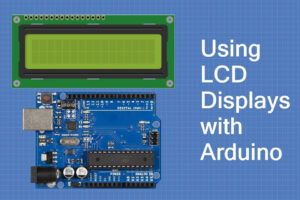
Das 16×2-LCD-Modul, ein Eckpfeiler eingebetteter Systeme, ist ein fantastisches Werkzeug zur Anzeige von Textinformationen.
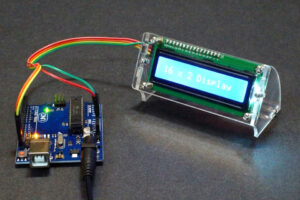
Dieser Artikel befasst sich mit der Welt der LCD-Displays und konzentriert sich insbesondere auf das beliebte 16×2-Zeichen-LCD-Modul und seine Integration mit Arduino über die I2C-Schnittstelle.
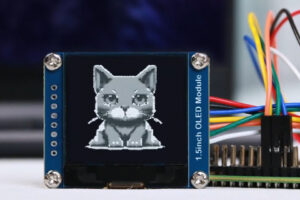
OLED-Anzeigemodule, insbesondere grafische OLED-Varianten, revolutionieren die Art und Weise, wie wir mit Geräten interagieren, indem sie gestochen scharfe Bilder, (in manchen Fällen) leuchtende Farben und eine außergewöhnliche Energieeffizienz bieten.
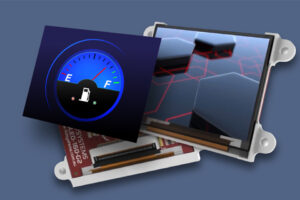
AMOLED-Anzeigemodule entwickeln sich rasch zum Goldstandard in der Bildtechnologie und bieten beispiellose Bildqualität, lebendige Farben und außergewöhnliche Energieeffizienz.

This article explores how to connect an LCD screen to a Raspberry Pi using an HDMI driver board, essentially turning your single-board computer into a miniature HDMI monitor.
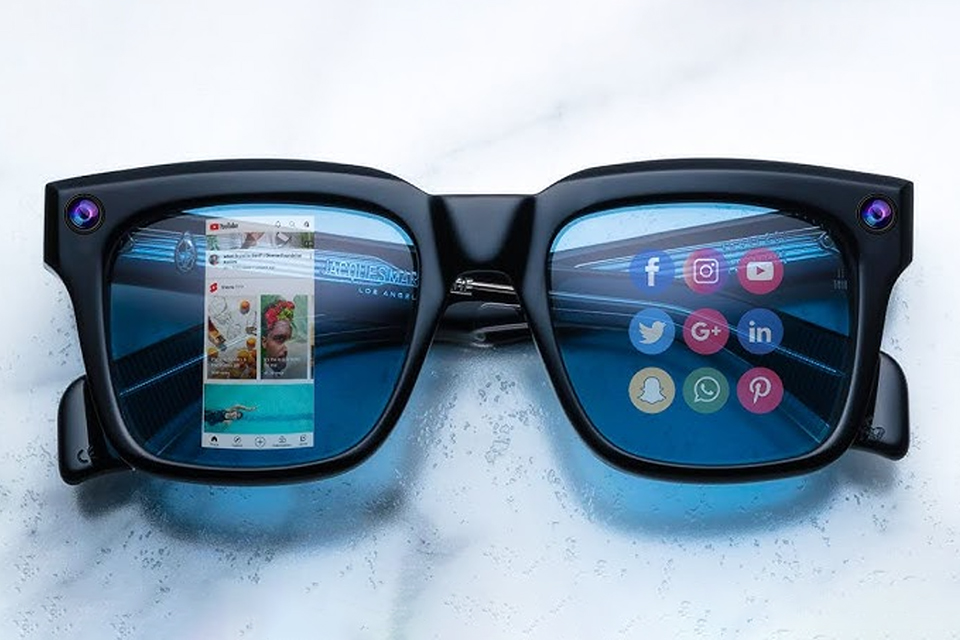
This article dives into the exciting world of augmented reality (ar) lenses, specifically focusing on the development and potential of an interchangeable lens system for ar glasses.

This article dives deep into the lifespan and durability of OLED (Organic Light Emitting Diode) displays compared to LCD (Liquid Crystal Display) screens.

@ 2025 Anzeigemodul. Alle Rechte vorbehalten.
Füllen Sie das untenstehende Formular aus und wir werden uns in Kürze mit Ihnen in Verbindung setzen.